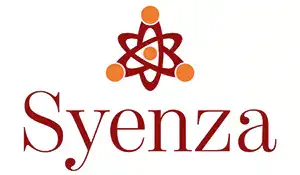Introduction
The Pandemic Accord was conceptualised by the WHO in response to the COVID-19 pandemic and the great loss of life and livelihoods, and disruption of economies and societies, left in its wake. Unfortunately, the accord has been the subject of much controversy across social media – a result of distrust in world governments rooted in the handling of the pandemic and lack of transparency surrounding the accord from the WHO. While misinformation has long cast a shadow over public health, this misinformation has veered towards pivotal global health agreements. Notably, these are the Pandemic Prevention, Preparedness, and Response Agreement and the International Health Regulations amendments. These agreements, currently under negotiation by the WHO’s member states at the 77th WHO Assembly, hold the promise of reshaping our response to future pandemics. Yet challenges remain as the end of the assembly looms.
Member-State Led Negotiations
The WHO does not negotiate these agreements; instead, it is the collaborative effort of the 194 member states. These agreements are structured around principles of access, equity, and global health security, crucial for a united front against health crises.
Empowering Global Health
The essence of the Pandemic Agreement lies in empowering all nations towards a collective goal of health security. Moreover, this agreement unifies all countries irrespective of economic standing. By fostering a value system rooted in equity, it accelerates equal access to life-saving interventions, transcending borders and social strata.
Implementation Roadmap and Collaboration
The success of the agreement hinges on a robust implementation strategy that leverages existing frameworks and fosters collaboration among diverse stakeholders. While the WHO plays a central role, a harmonised effort involving governments, agencies, and communities is indispensable. Creating consensus among these entities is a multifaceted process demanding clear leadership and a shared vision towards a healthier future.
Urgency for Support Towards Equitable Access
Why advocate for the Pandemic Agreement? The answer lies in rectifying the missteps witnessed during the COVID-19 crisis, where self-interest often overshadowed global solidarity. Nations endorsing this agreement bridge resource gaps for fairer, efficient responses to future health emergencies. Negotiations between WHO member states have been complex and delayed due to the costs involved, which we will discuss in an upcoming installment. Regardless, the agreement is a call to action for governments worldwide to unite in safeguarding global health.
Conclusion
The Pandemic Agreement stands as a linchpin in fortifying global health resilience, transcending boundaries and disparities. As we navigate the complexities of modern healthcare, embracing this agreement heralds a new era of collaboration, equity, and preparedness. Stay tuned as we review the economic impact that will ensure a safer world for generations to come.





